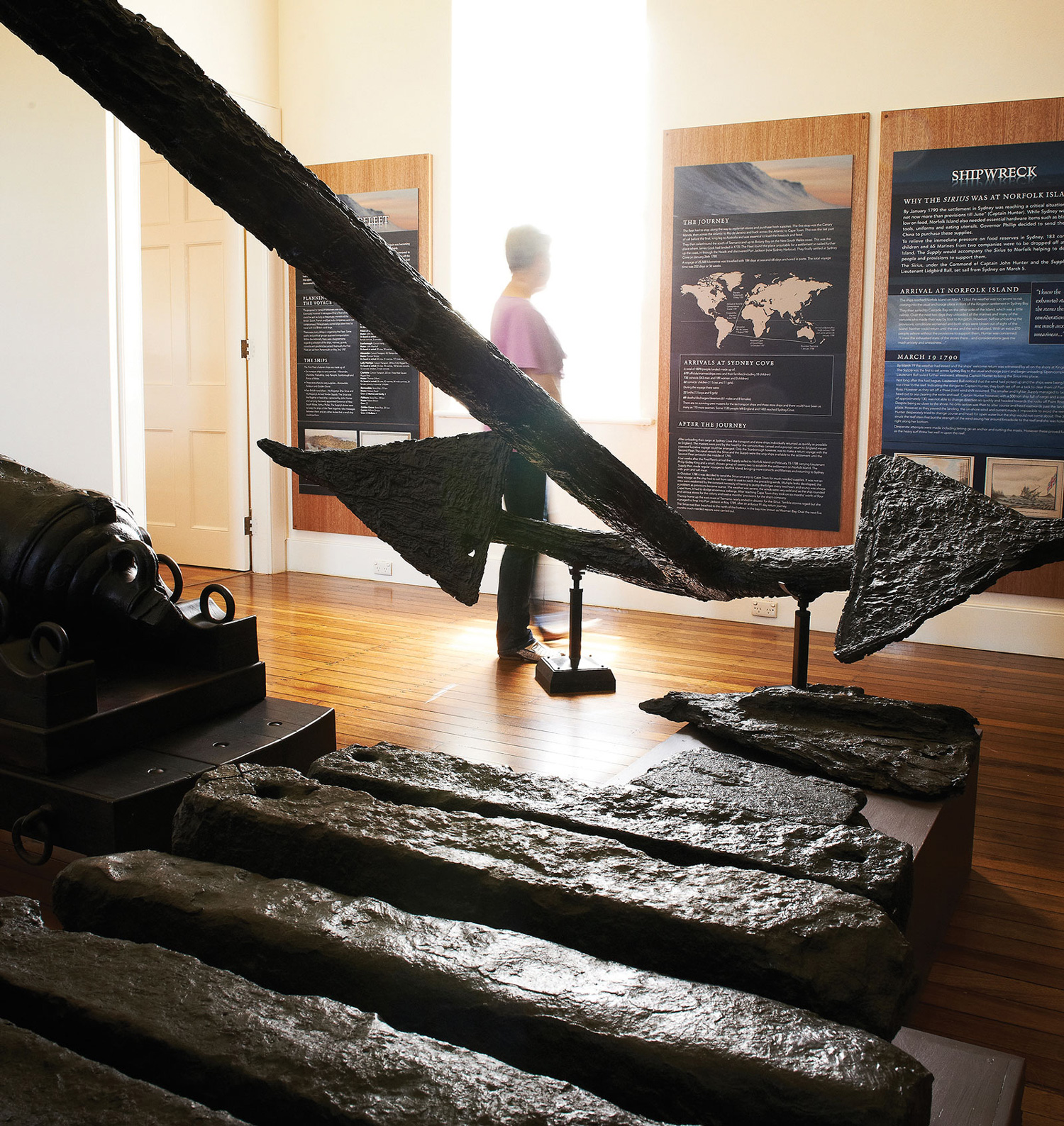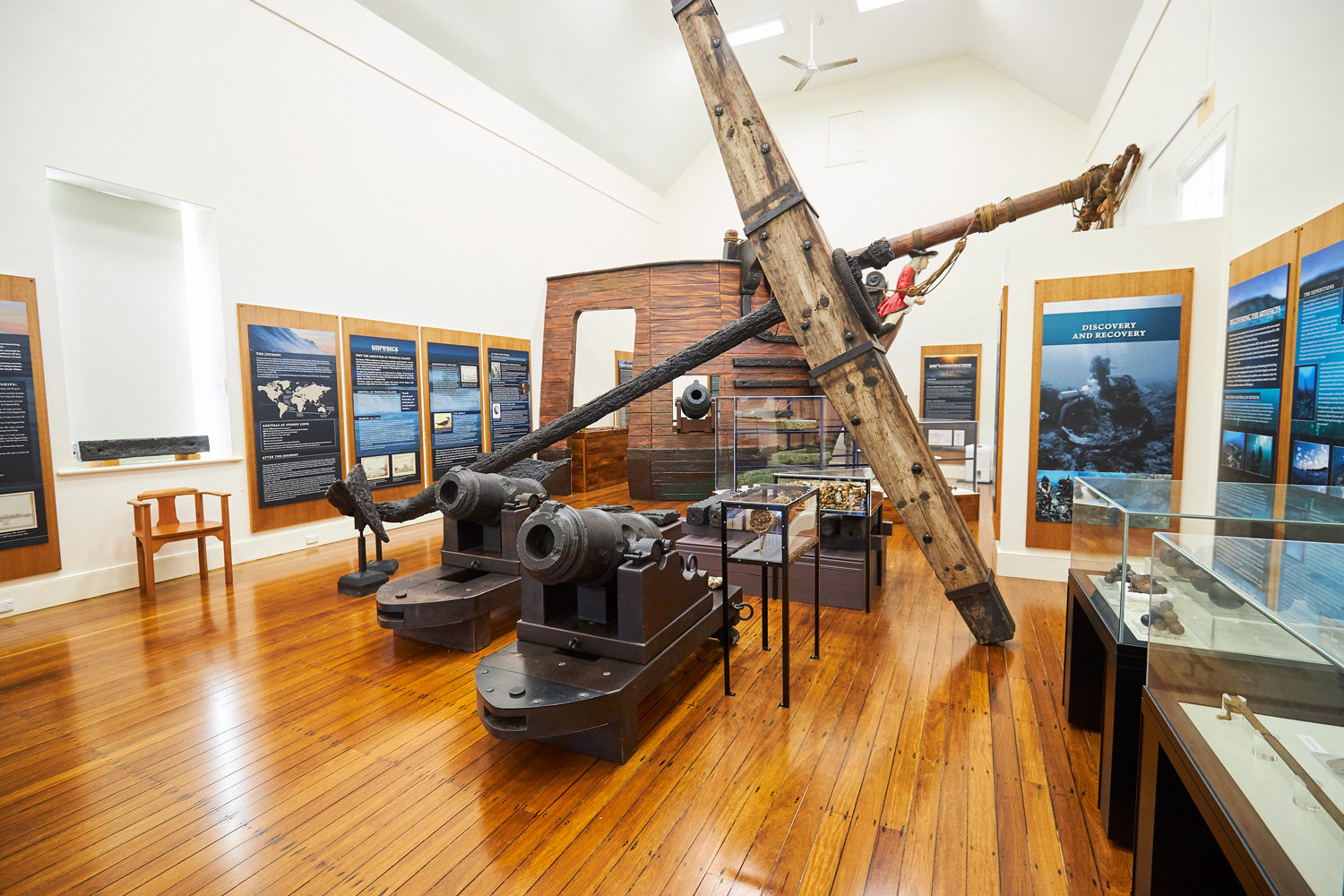
Museums Interpretation Centre


IN ONE LINE...
Panel production for the Norfolk Island Museums sites in World Heritage Kingston including the Sirius museum.
SERVICE DESIGN AND PROCESS/TEAMWORK/TOOLS/COLLABORATIONS INVOLVED IN THE PROJECT
Work with the Norfolk Island Museum Curator, KAVHA Works Manager and contracted trades who were creating a visitor experience for the rehousing of the Sirius artefacts project. I was contracted to construct the interpretation panels for the site and I consulted on the specific outcomes for the space, what could be achieved for the space in the time and budget constraints that the Museums had. We worked out an outcome that would enable the Museums to impart the information they needed with consideration to the space, the envisaged visitor journey in the museum site, and the strict budget they had for the production. I created a series of design specifications for the contracted designer for the interpretation panels and then worked with their supplied files to then print, laminate and manufacture the panels. Software – Adobe Creative Suite, manufacture – wide format Epson Printers, Hotpress pressure mounter and workshop equipment and others.
Category
Manufacture, PrintAbout This Project
I was contracted by the Norfolk Island Museum to manufacture interpretation panels for the rehousing of the Sirius artefacts project, and later I was then contracted to remake panels for the rest of the Museum sites in Kingston Norfolk Island. I was not the designer of these panels – I worked with the Museums curator to establish the most viable pathway forward for the panels that could be made locally within a set timeframe and within the constraints of the grant funded budget and also within building site itself which was the St James Anglican Chapel (1840) in the Prisoner’s Barracks site in World Heritage Listed Kingston. After the consultation process and considering the site and information the museum wanted to convey throughout the space they had and the budget and timeframe we decided to create panels that would be mounted on wood panels in a way that visually framed them so that they wouldn’t be lost on the 5m high walls as we were working to an overall printed panel width of about 600mm.
DIFFICULTIES AND CHALLENGES
The difficulties here were working strictly within the tight budget the Museums had as a result of the grant funding they had been given to redevelop the sites. By their own admission they were overreaching with the project in many aspects, but at the same time there was really a great sense of pride and community spirit in this project overall and working to rehouse the Sirius artefacts into their own museum site was really quite special. My role was limited and once the initial project planning for the panels was workshopped and complete I had no involvement with the actual site. I produced the panels on time and within budget to the specifications agreed.
IMPACT AND OUTCOMES
The impact is that we helped the Norfolk Island Museum make the most of a tight budget to help bring the story of the HMS Sirius wrecking in 1790 on Kingston Reef just yards from the Museum site itself. It was a wonderfully rewarding project that stands today and receives thousands of visitors a year and tells the story of one of the most significant events in Australian Maritime History.
